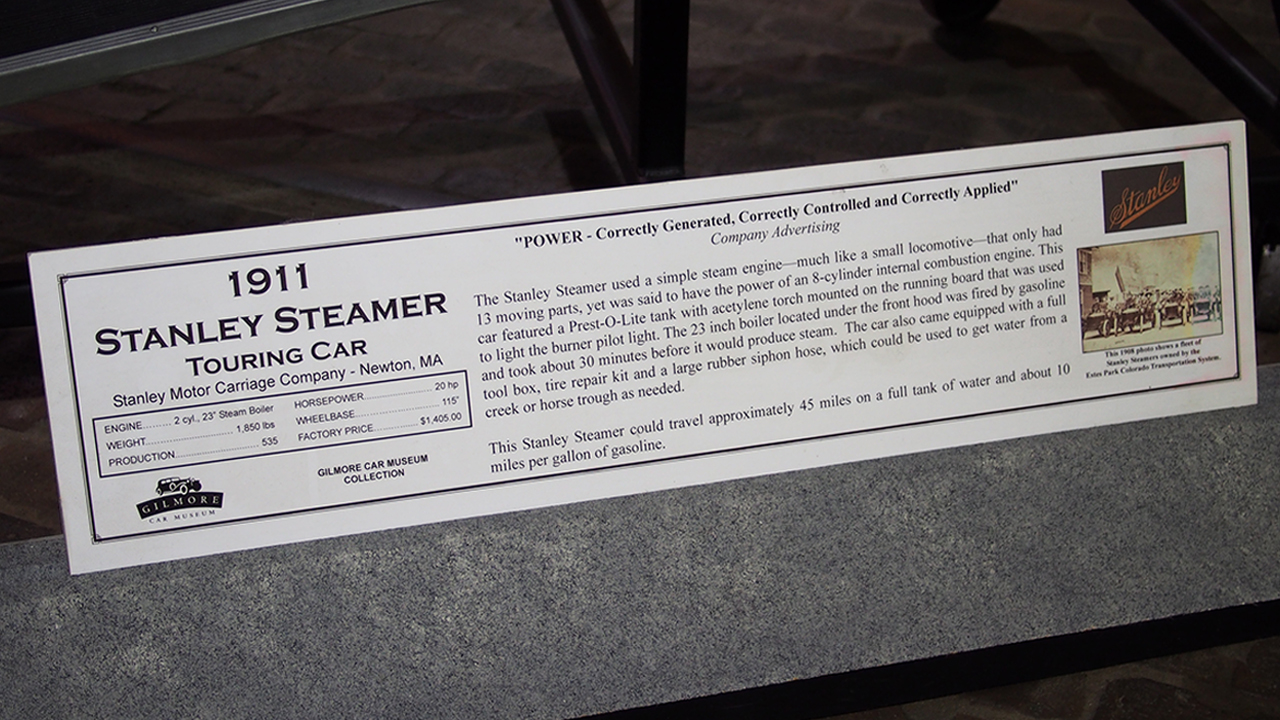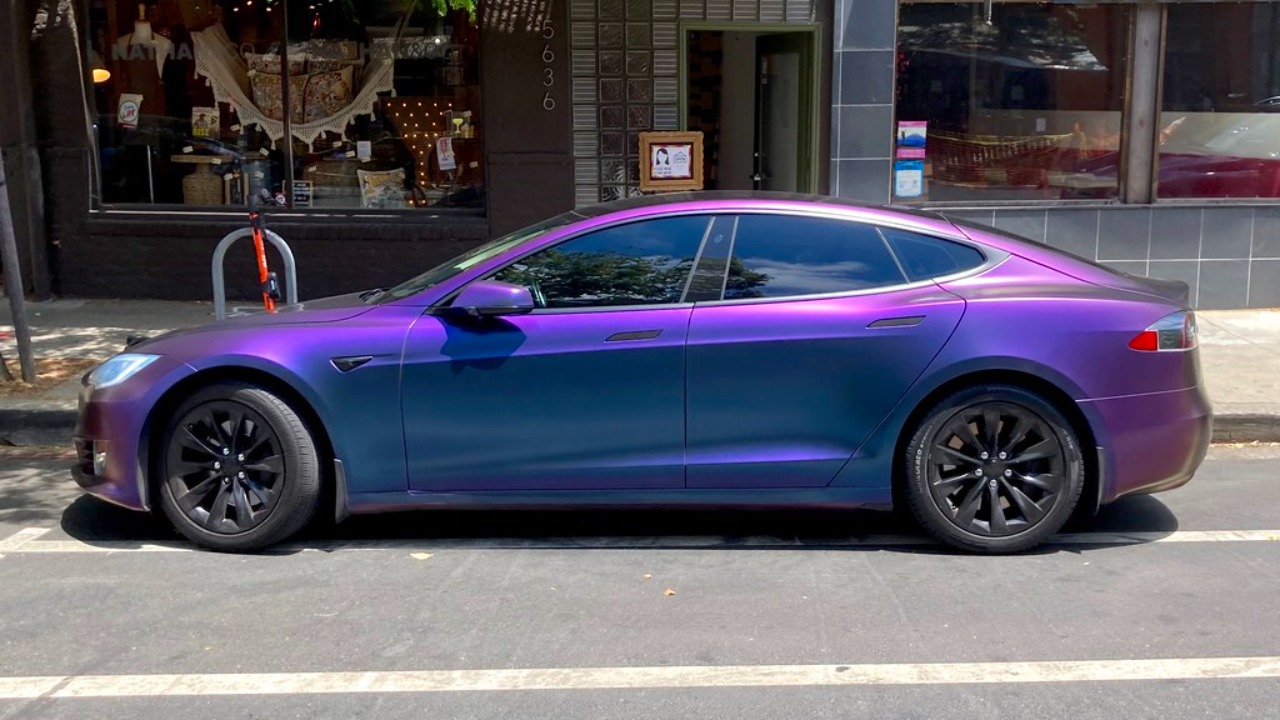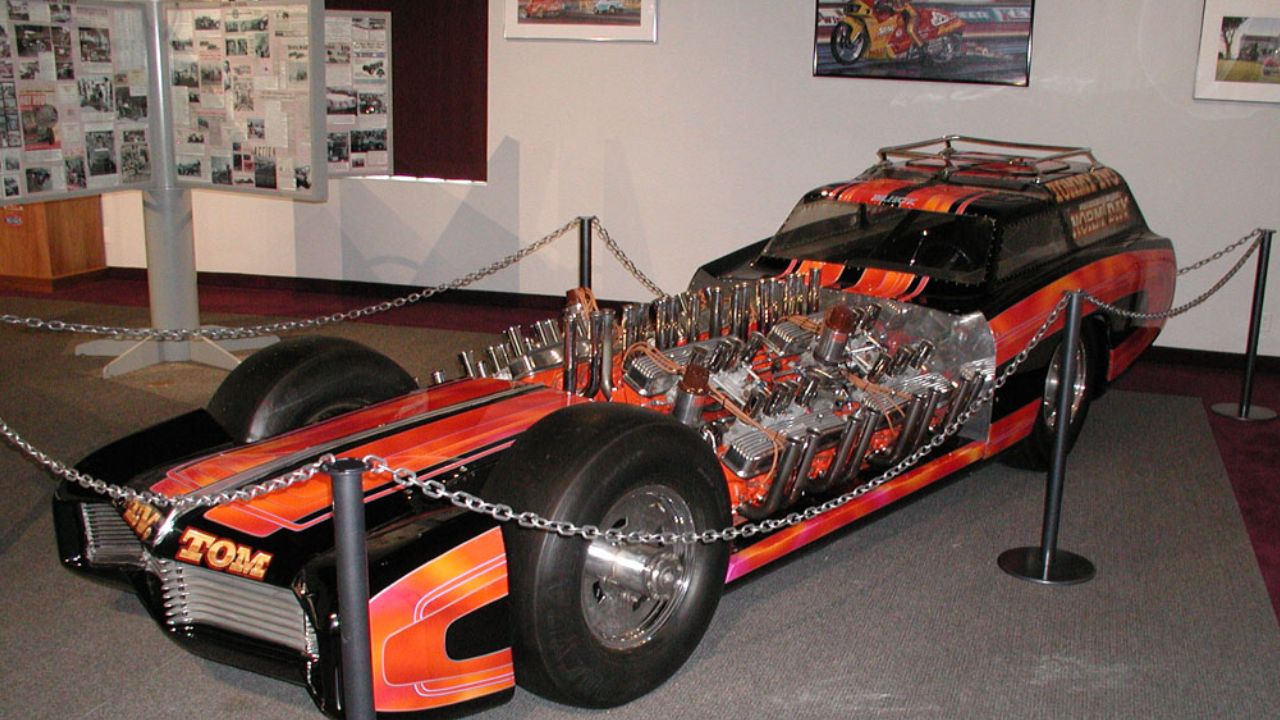The automobile industry has witnessed numerous bankruptcies, reshaping the landscape of the market over the past century. Understanding the history of these financial collapses provides insight into the challenges and transformations faced by car manufacturers. Delving into significant bankruptcies reveals their causes and impacts on the automotive world.
The Early Years: Pioneers and Pitfalls
The turn of the 20th century was a time of rapid innovation and experimentation in the automotive industry. Many pioneers jumped into the fray, attempting to capitalize on the burgeoning interest in motor vehicles. However, not all could sustain their ventures. Companies like the Stanley Motor Carriage Company, once renowned for its steam-powered cars, ultimately succumbed to the more efficient and technologically advanced gasoline engines. The Stanley brothers, while innovative, couldn’t keep pace with the evolving consumer preferences and technological advancements, leading to their downfall.
Early bankruptcies in the automotive sector were often the result of technological challenges and intense market competition. The cost of innovation was high, and many companies struggled to balance the financial demands of research and development with production costs. Competition from larger, better-funded companies also played a significant role in driving smaller firms out of business. For instance, the introduction of Ford’s assembly line drastically reduced costs and allowed for mass production, putting immense pressure on smaller manufacturers who couldn’t compete on price.
The Great Depression and its Aftermath
The Great Depression of the 1930s was a pivotal moment for the automotive industry, leading to a wave of bankruptcies as economic conditions deteriorated. Car manufacturers faced plummeting sales and rising financial pressures. Companies like Auburn and Pierce-Arrow, which had been well-regarded in the market, found themselves unable to withstand the prolonged economic downturn. The financial instability of the era forced many manufacturers to close their doors permanently, reshaping the industry landscape.

Despite the harsh economic climate, some companies managed to survive and even thrive. Ford and General Motors implemented cost-cutting measures, streamlined their operations, and focused on producing affordable vehicles to appeal to cash-strapped consumers. These strategies enabled them to weather the storm and emerge stronger. The lessons learned during this time influenced the industry’s approach to future economic challenges, emphasizing the importance of financial prudence and adaptability.
The Post-War Boom and Bust
The post-World War II era heralded a golden age for the automotive industry, characterized by unprecedented growth and prosperity. With increased consumer demand and technological advancements, car manufacturers experienced a boom. However, this period also saw downturns and bankruptcies as market conditions fluctuated. Notable cases include Studebaker and Packard, which struggled to maintain their market positions amidst growing competition and changing consumer preferences.
Innovation and competition played crucial roles in determining the financial stability of car manufacturers during this time. Companies that failed to innovate or adapt to new market trends quickly found themselves at a disadvantage. For instance, Studebaker’s inability to compete with more technologically advanced vehicles contributed to its decline. The rise of foreign manufacturers, particularly from Japan and Europe, further intensified competition, forcing companies to rethink their strategies and operations.
The Modern Era: Globalization and Financial Crises
The modern era of the automotive industry has been marked by globalization, mergers, and acquisitions, leading to a more interconnected and competitive market. The expansion of international car makers like Toyota and Volkswagen has added pressure on domestic manufacturers to innovate and cut costs. This global competition has reshaped the industry, leading to strategic alliances and partnerships aimed at gaining a competitive edge.
The 2008 financial crisis had a profound impact on the automotive sector, with major players like General Motors and Chrysler filing for bankruptcy. The crisis exposed the vulnerabilities of companies heavily reliant on credit and lacking sufficient cash reserves. Government intervention through bailouts and restructuring played a crucial role in helping these companies survive. The introduction of new business models, focusing on efficiency and sustainability, has been pivotal in their recovery and continued success.
The Future of the Automotive Industry
As the automotive industry moves forward, it faces a new set of challenges, including technological advancements, stricter environmental regulations, and changing consumer preferences. Electric vehicles (EVs) and autonomous driving technologies are at the forefront of innovation, compelling manufacturers to adapt or risk obsolescence. Companies are investing heavily in research and development to stay ahead of the curve and meet the demands of a more environmentally conscious consumer base.
To avoid future bankruptcies, car manufacturers are adopting strategies focused on innovation and sustainability. The shift towards electric and hybrid vehicles is a key component of this strategy, as manufacturers seek to reduce their carbon footprints and comply with increasingly stringent emissions standards. Additionally, companies are exploring new business models, such as vehicle subscription services and mobility solutions, to diversify their offerings and appeal to a broader audience.
Innovation and sustainability are expected to play significant roles in shaping the future of the automotive industry. As manufacturers navigate these challenges, they must balance the need for technological advancement with financial stability. The ability to adapt and innovate will be crucial for success in a rapidly evolving market, ensuring the survival and growth of car companies in the years to come.
Like Fast Lane Only’s content? Be sure to follow us.
Here’s more from us:
*Created with AI assistance and editor review.







Leave a Reply